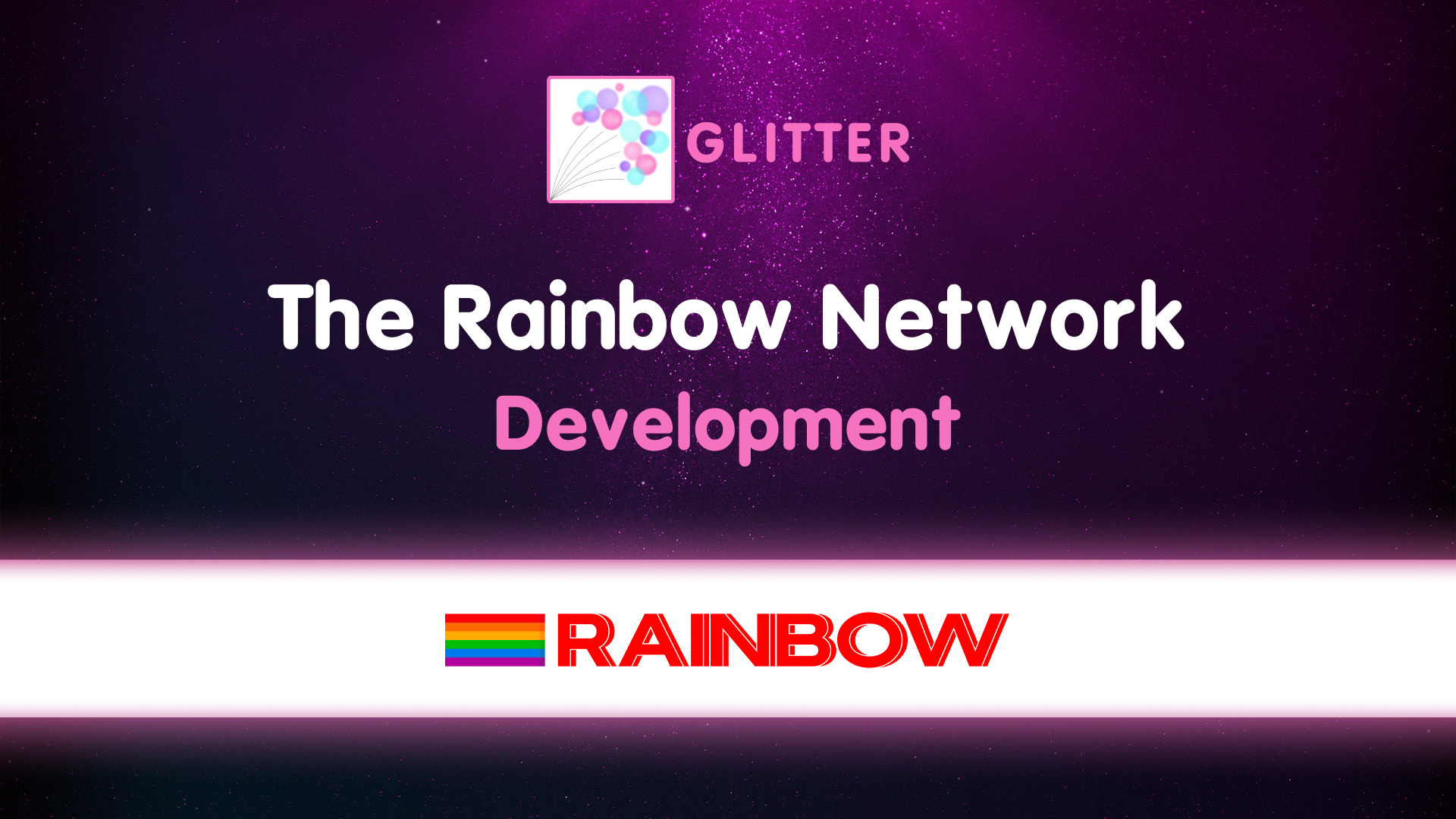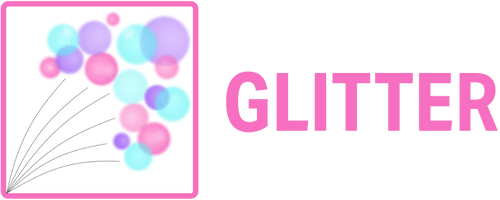The Rainbow Network development
Nov 17, 2022

A blockchain bridge connects two blockchains to enable transactions between those two. If you own ETH, ALGO or SOL and want to use it in another Blockchain network you will need a blockchain bridge to allow you to transact in the other blockchain without selling your original cryptocurrency. Cross chain bridges are essential for the future of interoperability in the industry.
Types of Blockchain bridges
There are two main types of bridges.
Custodial or Trusted bridges
Custodial bridges are those that are centralized, requiring users to trust a third party to operate the bridge safely. Security, reputation and technical knowledge are key with any bridge provider. With custodial or trusted bridges users give up control of their digital assets when bridging.
Non-custodial or Trustless bridAs you know, we are currently fundraising for our layer 1 blockchain, the Rainbow Network. Ahead of this, we would like to communicate our intentions to our Glitter community, so that we make clear what our goals are and to avoid any misperceptions.
We have thus formulated multiple questions and answers, in a FAQ format, to try to be as precise as possible.
Why is Glitter developing The Rainbow Network and the Rainbow Mobile App?
Glitter was always part of the total project. The Glitter Bridge is the interoperability element of the Rainbow ecosystem. The Rainbow Network will be the main liquidity hub. It will also serve to fully decentralize the Glitter Bridge. The Glitter Liquidity Protocol will help solve liquidity fragmentation across the multiple blockchains on which we operate and for the Rainbow ecosystem as a whole.
The Rainbow Mobile App will act as a simple and easy-to-use frontend for non-crypto-users, to allow them to access DeFi investments in a very user friendly manner.
What happens with XGLI?
The XGLI token will be integrated into the Rainbow Network ecosystem. In fact, The Rainbow Network will create a deeper value for XGLI holders as it will give exposure to the XGLI holders to part of the Rainbow Network's revenue along with Glitter De-Fi and other revenue sources.
Why is the XGLI not being used as the native coin of the Rainbow Network layer 1?
While we considered doing this, upon deeper analysis it became apparent that the XGLI is not suitable, as it was simply not designed to be a layer 1 coin. For one thing, the supply is too limited for the many uses that the layer 1 coin needs to have.
Secondly, the XGLI was conceived as a mainly blockchain-agnostic token, whereas the Rainbow token will be the primary token for the Rainbow Network. Each fit for purpose and fulfilling independent but related roles in the larger ecosystem.
Why are we raising again after the Glitter raise?
We are raising again, because layer 1 requires its own focus and resources. For example items such as exchange listings, development costs, liquidity costs, developer grants, etc. all require their own capital. Further, we do not feel that it is fair or ethical to the investors of Glitter Finance to create a new product from a raise which was supposed to be focused on the creation of the Glitter Bridge Protocol and interoperability products from the Glitter brand.
Will development of the Glitter Finance ecosystem continue after the creation of the Rainbow Network?
Absolutely. There are multiple, cross-chain products in development, and more than this, the Glitter Protocol will be a pivotal part of the Rainbow Network.
All in all, we welcome questions and are always there to answer any questions that you may have.
The Glitter Team
Non-custodial bridges rely on smart contracts, a decentralized technology to manage the digital assets and bridge operation. There is no need for any third party. The code is the main concern for these bridges as they rely heavily on smart contracts and algorithms. With these bridges, the end user doesn't give us control of their funds.



